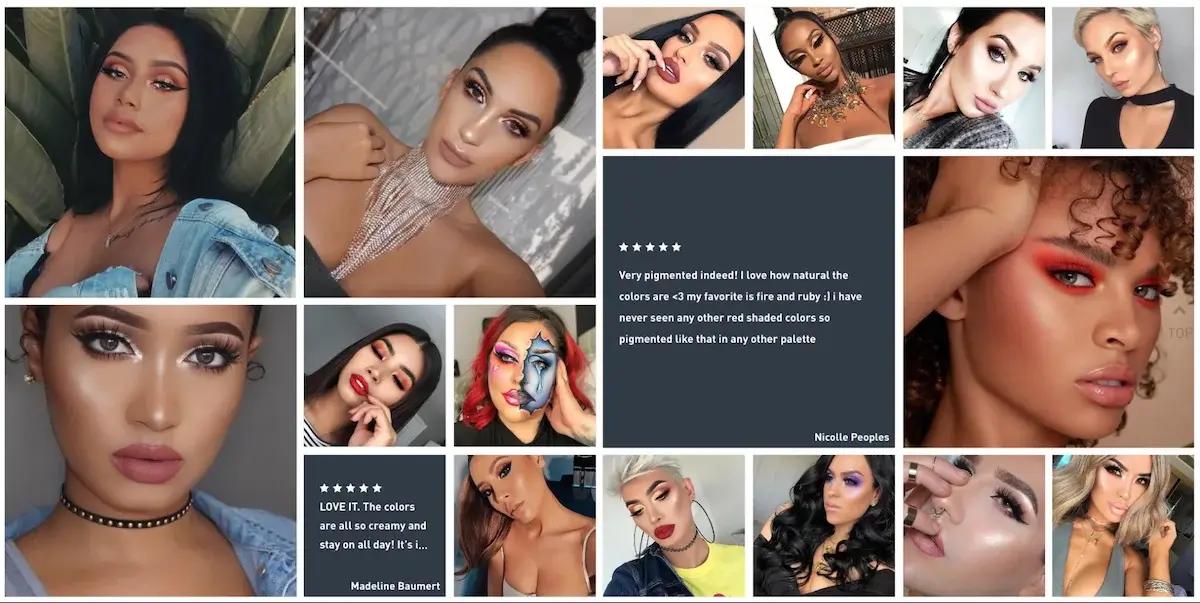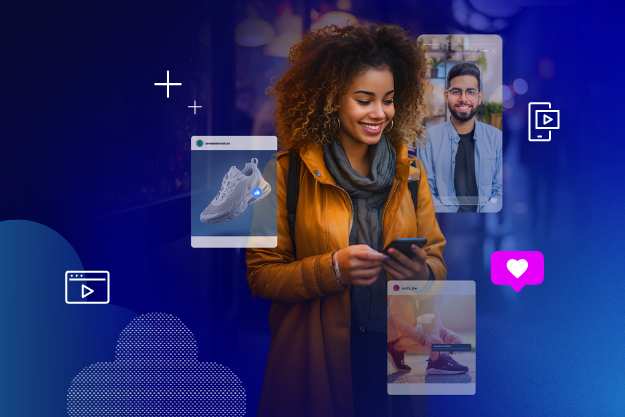Now more than ever, it's critical for companies to take the time to understand their customers. Transparency and authenticity are hugely important to today's consumers, and brands who don't work to understand their audience risk not only losing sales but facing powerful backlash from customers. For years, the focus has been on learning how to market to Millennials, but Gen Z is now "the generation to watch" as these individuals come into their own. They make up 32% of the global population and they control $44 billion in discretionary spending, and they're different from the generations that came before them in a lot of ways. Brands have to know what this newest generation needs in order to reach them effectively. Here's what Gen Z needs from brands and marketers:
Personalization and personality
Gen Z wants to feel known and understood by the brands and companies they follow. Unlike older generations, Gen Z wants the information that is targeted to them to be personalized and is generally less concerned about privacy. 38% want online ads to be related to their browsing history or entertainment preferences. Gen Zers tend to be fatigued by overt ads, so creating personalized ads and reaching them on newer social platforms can help cut through the noise.
This generation also gravitates towards brands that stand out from the crowd and embrace uniqueness. Creating a strong brand persona comes down to knowing your target customer. Put what makes your brand special at the core of your marketing efforts and figure out how that can help you relate to your audience on a more personal level.
Authenticity and transparency
In a trend that started with Millennials, Gen Z craves authenticity in marketing. They value social proof and word-of-mouth marketing from friends and influencers. They want to see more user-generated content and branded content that shows real people who look like them. More than 60% of Gen Zers prefer ads with "real" people in them over celebrities. User-generated content (UGC) and influencer marketing are highly effective tools to reach Gen Z'ers. One of the most powerful and engaging ways to harness UGC in your brand's community is through social media contests. While photo submission and hashtag contests tend to generate copious content for your product pages and campaigns, they also express interest in the real-life experiences your customers have with your products. Breck's hosted a summer-long contest, incentivizing customers to share photos of them gardening with a unique hashtag, and garnered 1,000 submissions in only the first 48 hours of the contest.

Gen Z expects brands to be transparent about their social and environmental impact, their commitment to inclusivity, and more. To engage and convert Gen Z customers, brands need to earn this generation's trust. Though this largely comes from conveying real experiences through UGC, brands also have to be open and transparent about their environmental impact and commitment to social causes and diversity.
Diversity and inclusion
As one of the most diverse generations, it's no surprise that Gen Z cares deeply about diversity in advertising. They want to see real people in ads, which to Gen Z means people who represent the broad spectrum that exists in the real world. Brands who embrace diversity in body types, races, genders, and sexual orientations see an improvement in how they're perceived by consumers. Knowing UGC resonates with customers because of its inclusivity and realness, makeup brand Morphe fosters a thriving community of #MorpheBabes of many races, ethnicities, body types, and backgrounds. By showcasing and praising its diverse community through UGC on their website, Morphe exemplifies the fusion of authenticity and diversity that Gen Z looks for in brands.

The commitment to diversity and inclusion goes beyond who appears in ads — Gen Z wants and expects diversity in employees at the companies they support, too. Unlike the baby boomer generation, Gen Zers are 10% more likely to care if a brand supports diversity and equality and 12% more likely to care if a company has fair employment practices. Brands that commit to diversity within their organizations and in advertising show that they have a genuine commitment to the causes that Gen Z cares about.
Empathy and purpose
As a generation highly connected to the wider world around them through social media and the internet, Gen Z is invested in what can be done to make the world better. Gen Zers show this through their interest in purpose-driven brands that have a transparent mission that aligns with the causes they support personally. 74% of Gen Zers rate purpose ahead of a paycheck when asked about potential jobs, and 69% are more likely to buy from a company that makes contributions to social causes they care about.
Brands that are honest about the impact they have on the world and how they can help improve it appeal more to Gen Z than big, faceless corporations. When hard times come, Gen Z expects brands to behave more like people — showing empathy and taking action.
But brands have to recognize where to draw the line. Gen Z wants authenticity above all, so the tone is incredibly important. It can be the difference between being honest with consumers and being perceived as capitalizing on a crisis.
Gen Z typically values authenticity and sustainability in brands more than generations that came before them. Gen Z's digitally native upbringing means they are incredibly savvy when it comes to advertising tactics.
To earn their trust, brands need to focus on transparency and highlight their mission or purpose. Ads and marketing collateral should feature a diverse range of individuals, which can be sourced through influencer marketing and user-generated content. When a new generation comes into their own, brands have to learn what they care about and adapt their message and strategy to reach their audience more effectively.
What Gen Z needs from brands is transparency, diversity, purpose, and personality.
Editor's Note: This article was originally published on pixlee.com. Any statistics or statements included in this article were current at the time of original publication.




































